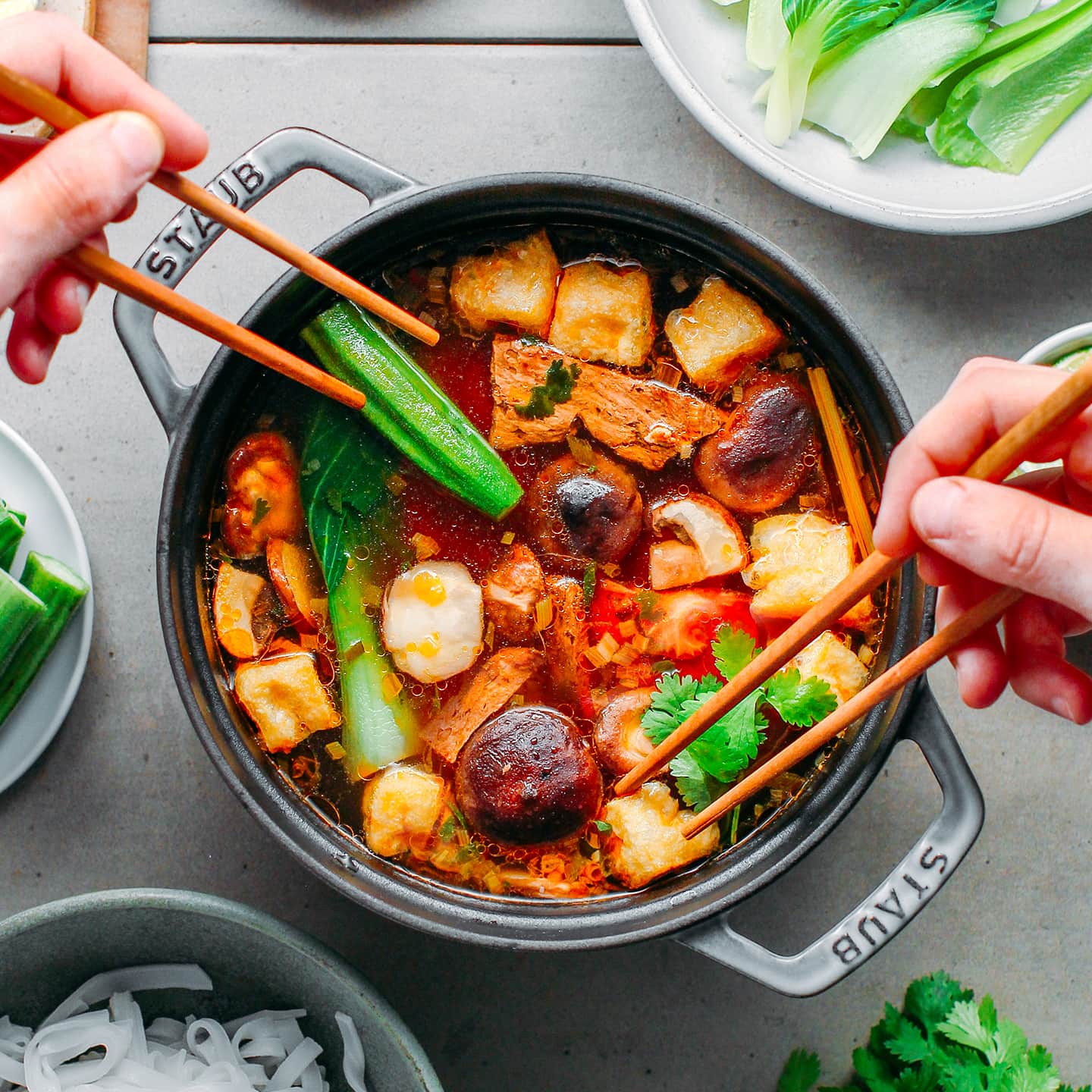

Articles
What Is Hot Pot Cooking
Modified: January 6, 2024
Discover everything you need to know about hot pot cooking with our extensive collection of informative articles. Whether you're a beginner or an expert, our articles will guide you through this delicious culinary experience.
(Many of the links in this article redirect to a specific reviewed product. Your purchase of these products through affiliate links helps to generate commission for Storables.com, at no extra cost. Learn more)
Introduction
Hot pot is a popular cooking method that has been enjoyed for centuries in various cultures around the world. It is a communal dining experience that brings people together to cook and share a delicious meal. The concept of hot pot is simple: a pot of simmering broth is placed in the center of the table, and diners cook a variety of ingredients directly in the broth.
What makes hot pot unique is its versatility and customization. From the choice of broth to the selection of ingredients, hot pot allows each diner to personalize their dining experience. Whether it’s a spicy Sichuan-style broth or a mild and comforting bone broth, hot pot offers a wide range of flavors to suit every palate.
Hot pot cooking is not just a way to enjoy a satisfying meal; it is also a social activity that fosters connection and conversation. Sitting around a hot pot table, friends and family can engage in lively discussions while taking turns cooking their favorite ingredients. The interactive nature of hot pot creates a warm and convivial atmosphere that makes dining a truly enjoyable experience.
Hot pot has a rich history that dates back centuries. It is believed to have originated in Mongolia and was later embraced by countries such as China, Japan, Korea, and Thailand, each putting their own unique twist on the cooking style. Today, hot pot is enjoyed worldwide, with variations and regional specialties that reflect the local culinary traditions and ingredients.
In this article, we will explore the history of hot pot, how it works, the different types of hot pots, popular ingredients used in hot pot cooking, essential equipment needed, hot pot etiquette and tips, and the health benefits of this delicious and communal dining experience. So, grab a seat at the table and let’s dive into the wonderful world of hot pot cooking!
Key Takeaways:
- Hot pot cooking is a versatile and communal dining experience that allows for endless customization, from choosing broth flavors to selecting a variety of ingredients, promoting social connections and enjoyable atmosphere.
- Hot pot cooking offers numerous health benefits, including nutrient-rich ingredients, controlled portion sizes, low-fat cooking method, increased vegetable consumption, and promoting hydration, making it a nutritious and enjoyable culinary tradition.
Read more: What Is A Hot Pot?
History of Hot Pot
Hot pot, also known as shabu-shabu, sukiyaki, or steamboat, has a long and diverse history that spans across different cultures and regions. The origins of hot pot can be traced back to ancient Mongolia, where nomadic tribes would cook meat and vegetables in a communal pot heated by hot stones.
As the hot pot cooking method traveled across Asia, it underwent various adaptations and became an integral part of the culinary traditions of many countries. In China, hot pot is known as huǒ guō (火锅), which translates to “fire pot.” It became popular during the Tang Dynasty and was embraced by the imperial court and commoners alike.
During the Yuan Dynasty, hot pot gained further popularity among the Mongols, who favored lamb as the main protein in their hot pot. The Mongols’ nomadic lifestyle and reliance on meat as a food source made hot pot an ideal cooking method for their needs.
In Japan, hot pot is known as sukiyaki or nabe. Sukiyaki is a variation of hot pot that uses thinly sliced beef, tofu, and an assortment of vegetables, cooked in a sweet soy-based broth. Nabe, on the other hand, refers to a wide range of hot pot dishes that can include seafood, meats, and vegetables.
In Korea, hot pot is called jeongol or jjigae. Jeongol is typically a fancier version of hot pot, featuring a variety of high-quality ingredients, while jjigae refers to a spicy stew-like version of hot pot. Kimchi and other fermented ingredients are often added to give Korean hot pot its distinctive flavors.
Hot pot also made its way to Southeast Asia, where it is known as steamboat. In countries like Thailand, Malaysia, and Singapore, steamboat is a popular communal dining experience. Here, the focus is on a flavorful broth that is often infused with herbs and spices, creating a fragrant and aromatic base for cooking the various ingredients.
Today, hot pot has become a global culinary phenomenon, with restaurants dedicated solely to the art of hot pot cooking. People from all walks of life embrace the experience of gathering around a steaming pot, sharing stories, and enjoying a comforting and delicious meal.
As hot pot continues to evolve and adapt, new variations and fusion styles are emerging, incorporating different flavors and ingredients from around the world. Hot pot truly exemplifies the power of food to bring people together, bridging cultural divides and creating memorable shared experiences.
How Hot Pot Works
Hot pot is a cooking method that involves simmering a pot of broth at the center of the table, and diners cook their desired ingredients in the broth. The process is simple yet customizable, allowing each person to create their own unique combination of flavors.
The first step in preparing a hot pot is selecting the broth. Broths can range from simple and mild to complex and spicy, depending on personal preference. Common broth choices include bone broth, mushroom broth, seafood broth, or a spicy Sichuan-style broth. The broth is typically brought to a simmer and kept hot throughout the meal.
Once the broth is ready, a variety of ingredients are placed on the table for diners to choose from. These ingredients can include thinly sliced meats such as beef, lamb, or pork, seafood such as shrimp, fish, or squid, tofu, vegetables, mushrooms, noodles, and dumplings.
Each diner takes turns adding their preferred ingredients into the simmering broth. The cooking time can vary depending on the ingredient, with thinly sliced meats requiring just a few seconds to cook, while heartier vegetables and noodles may need a longer simmer. The goal is to cook the ingredients just until they are tender and cooked through.
As the ingredients cook, they infuse the broth with their flavors, creating a rich and flavorful base. Diners can then use small strainers or ladles to scoop out their cooked ingredients and enjoy them with dipping sauces of their choice.
In addition to the interactive cooking experience, hot pot also allows for customization in terms of seasoning. Diners can further enhance the flavors by adding sauces or condiments to their individual bowls. Common options include soy sauce, sesame oil, chili oil, cilantro, garlic, or scallions.
Hot pot is not only a delicious way to enjoy a meal but also an opportunity for social bonding and conversation. The communal aspect of hot pot encourages interaction and creates a shared experience among diners. It’s a perfect activity for gatherings with family and friends.
Whether you prefer a mild and comforting broth or a fiery and spicy one, hot pot offers a versatile and customizable dining experience that can cater to different tastes and preferences. So, gather around the table, prepare your ingredients, and embark on a culinary adventure with hot pot!
Types of Hot Pot
Hot pot comes in various styles and flavors, reflecting the diverse culinary traditions of different cultures. Each type of hot pot offers a unique experience and a distinct set of ingredients and seasonings. Here are some popular types of hot pot you may encounter:
- Chinese Hot Pot: Chinese hot pot, also known as huǒ guō (火锅), is perhaps the most well-known and widely enjoyed style. It features a simmering pot of broth, usually divided into two sections – a mild and a spicy side. Popular ingredients for Chinese hot pot include thinly sliced meats like beef and lamb, seafood such as shrimp and fish balls, tofu, leafy greens, mushrooms, and various types of noodles. Diners often dip their cooked ingredients in a mixture of soy sauce, sesame oil, and other condiments.
- Japanese Hot Pot: Japanese hot pot, known as nabe, encompasses a wide variety of styles and regional specialties. Sukiyaki is a popular type of nabe that features thinly sliced beef, vegetables, tofu, and noodles cooked in a sweet soy-based broth. Another popular variation is shabu-shabu, which involves cooking thinly sliced meats and vegetables in a simmering kombu (kelp) broth. Each diner takes turns swishing the ingredients in the broth, creating a “swish-swish” sound that gives the dish its name.
- Korean Hot Pot: Korean hot pot, called jeongol or jjigae, often combines rich, spicy flavors with an array of ingredients. Kimchi jjigae is a beloved Korean hot pot that features fermented kimchi, pork, tofu, and vegetables in a spicy broth. Jeongol, a more elaborate version of hot pot, may include a wider range of ingredients including premium cuts of meat, seafood like mussels and shrimp, and various vegetables. Korean hot pot is often enjoyed with steamed rice and a variety of banchan (side dishes).
- Southeast Asian Hot Pot: In Southeast Asia, hot pot is commonly referred to as steamboat. It is enjoyed in countries like Thailand, Malaysia, and Singapore. Steamboat features a flavorful broth infused with aromatic herbs and spices. Ingredients often include a variety of seafood like fish, prawns, and squid, thinly sliced meats such as pork and chicken, an assortment of vegetables like cabbage and mushrooms, tofu, and noodles. Dippers like chili sauce, garlic oil, and soy sauce add depth of flavor to the cooked ingredients.
These are just a few examples of the wide range of hot pot styles and flavors you may encounter. The beauty of hot pot lies in its versatility, allowing you to customize your experience with ingredients and seasonings that suit your preference. So, whether you prefer the spicy kick of Sichuan hot pot or the comforting sweetness of sukiyaki, there’s a hot pot style out there to satisfy your cravings!
Popular Hot Pot Ingredients
Hot pot is a versatile cooking method that allows for a wide range of ingredients to be cooked in the flavorful broth. From meats to vegetables and everything in between, here are some popular ingredients commonly used in hot pot:
- Thinly Sliced Meats: Thinly sliced beef, lamb, pork, and chicken are classic choices for hot pot. The thin slices cook quickly in the simmering broth, resulting in tender and flavorful bites. Different cuts of meat offer distinct textures and flavors, allowing diners to choose according to their preferences.
- Seafood: Hot pot offers an excellent opportunity to enjoy an array of seafood. Fresh shrimp, fish fillets, squid, clams, and mussels are commonly added to the broth. Seafood not only adds a delicate flavor but also contributes to the broth’s richness.
- Tofu: Tofu is a staple in hot pot cooking, loved for its ability to absorb the flavors of the broth. Silken tofu is especially popular as it melts in the mouth, while firm tofu holds its shape during cooking. Tofu adds a subtle creaminess to the soup base and provides a vegetarian protein option.
- Mushrooms: Mushrooms are a common ingredient in hot pot due to their earthy and umami flavors. Varieties like shiitake, enoki, oyster, and button mushrooms offer a range of textures and tastes. They absorb the broth well, enhancing its depth and imparting their unique flavors.
- Leafy Greens: To add freshness and vibrant color to the hot pot, leafy greens like spinach, bok choy, napa cabbage, and watercress are often included. These greens cook quickly and retain a crisp texture, contrasting the richness of the broth and other ingredients.
- Noodles: Noodles play an essential role in hot pot, providing a hearty and satisfying element to the dish. Thin cellophane noodles, wheat noodles, and udon noodles are popular options that absorb the flavors of the broth and add a comforting texture to the overall experience.
- Dumplings: Dumplings, both homemade or store-bought, are a delightful addition to hot pot. Whether filled with meat, seafood, or vegetables, dumplings cook quickly in the broth and offer a burst of flavor with each bite. They add a playful element and can be enjoyed with dipping sauces on the side.
These are just a few examples of the myriad ingredients you can incorporate into your hot pot. Feel free to get creative and tailor the selection to your liking. Remember, the beauty of hot pot is the freedom to mix and match ingredients to create a personalized and delicious dining experience!
Prepare a variety of fresh ingredients such as thinly sliced meat, seafood, vegetables, and noodles to create a delicious and customizable hot pot meal. Don’t forget to have a flavorful broth and dipping sauces ready for a complete hot pot experience.
Read more: What Is Japanese Hot Pot
Hot Pot Cooking Techniques
Hot pot cooking is relatively simple, but there are a few key techniques that can elevate your experience and ensure the best results. Here are some essential hot pot cooking techniques to keep in mind:
- Cooking Times: Different ingredients require varying cooking times in the hot pot. Thinly sliced meats, seafood, and delicate vegetables like leafy greens cook quickly and should be submerged in the broth for just a few seconds until cooked through. Heartier vegetables like mushrooms and root vegetables may need a bit more time to soften. Noodles and dumplings typically take a few minutes to cook, depending on their thickness. Pay attention to the cooking times to avoid overcooking or undercooking various ingredients.
- Layering: When cooking hot pot, it’s important to layer ingredients in the pot strategically. Start with the ingredients that take the longest to cook, such as root vegetables and thicker cuts of meat. As the broth simmers and imparts flavor to these ingredients, continue to add in items that require less cooking time, like seafood and leafy greens. This will ensure that all ingredients are perfectly cooked and retain their individual flavors.
- Skimming and Straining: Throughout the cooking process, impurities and foam may rise to the surface of the hot pot broth. To maintain a clear and clean broth, use a skimmer or a ladle to remove any impurities. It’s also a good idea to strain the broth before serving to ensure a smooth and enjoyable dining experience.
- Dipping Sauces: One of the pleasures of hot pot dining is dipping cooked ingredients into flavorful sauces. Prepare a variety of dipping sauces to enhance the flavors of your cooked food. Popular choices include soy sauce, sesame oil, chili oil, garlic, cilantro, and vinegar. Experiment with different combinations and flavors to find your favorite dipping sauce concoction.
- Building Flavor in the Broth: Hot pot broth is the foundation of the dish, and you can enhance its flavor by adding aromatics and seasonings. Consider infusing the broth with ingredients like ginger, garlic, scallions, star anise, and Sichuan peppercorns. These additions will impart a fragrant and rich taste to the broth, elevating the overall hot pot experience.
- Don’t Overcrowd the Pot: It’s important not to overcrowd the hot pot with too many ingredients at once. Overcrowding can result in uneven cooking and a decrease in the temperature of the broth. Keep the ingredients spread out and in a single layer to ensure that they cook evenly and retain their flavors.
By employing these hot pot cooking techniques, you can enhance the flavors, textures, and overall enjoyment of your hot pot experience. With a little practice, you’ll become adept at perfectly timing the cooking of different ingredients and creating a delicious and satisfying hot pot meal!
Essential Equipment for Hot Pot Cooking
When it comes to hot pot cooking, having the right equipment is essential for a successful and enjoyable experience. Here are some essential tools and equipment you’ll need to get started:
- Hot Pot Pot: The most fundamental piece of equipment is, of course, the hot pot itself. This can be a traditional clay or metal pot or a modern electric hot pot. Choose a pot size that suits the number of people you’ll be serving and ensure it has a wide and deep enough base to hold the broth and ingredients comfortably.
- Portable Burner or Electric Hot Plate: If you opt for a traditional hot pot pot or want the flexibility to cook hot pot anywhere, consider investing in a portable burner or electric hot plate. These can be used indoors or outdoors and provide a stable heat source for keeping the broth simmering throughout the meal.
- Ladle or Skimmer: A ladle or skimmer is essential for scooping broth and ingredients from the hot pot. It allows you to transfer cooked food to your individual bowl and strain any impurities or foam that may rise to the surface of the broth.
- Strainer: A strainer is useful for removing cooked ingredients from the hot pot broth. It allows you to separate the ingredients from the broth without losing any precious liquids. A fine-mesh strainer is ideal for this purpose.
- Chopsticks or Tongs: Chopsticks or tongs are essential tools for retrieving and handling ingredients in the hot pot. They allow you to easily pick up and cook various ingredients, whether it’s thinly sliced meats, seafood, vegetables, or noodles. Choose chopsticks or tongs that are long enough to reach the bottom of the hot pot without burning your hands.
- Bowls and Plates: Have individual bowls and plates for each person to enjoy their hot pot creations. These can be used to hold cooked ingredients, dipping sauces, and any additional side dishes. It’s also helpful to have separate small dishes for each person to create their own personalized dipping sauce.
- Dipping Sauces and Condiment Containers: Prepare a variety of dipping sauces and condiments in small dishes or containers. These can include soy sauce, sesame oil, chili oil, garlic, cilantro, and other sauces of your choice. Having separate containers allows each person to customize their own dipping sauce combination.
- Table Coverings and Utensil Rests: Since hot pot can be a messy endeavor, it’s a good idea to have table coverings to protect your table from spills and splatters. Utensil rests or small plates can also be placed on the table to hold chopsticks, tongs, and ladles when they’re not in use.
These essential equipment items will set you up for a successful hot pot cooking session. Remember to practice safety at all times, especially when dealing with hot liquids and open flames. With the right equipment, you’ll be ready to host memorable hot pot gatherings and enjoy the communal and delicious experience that hot pot offers!
Hot Pot Etiquette and Tips
Hot pot dining is not only about enjoying delicious food but also about the experience and camaraderie that comes with it. Here are some etiquette tips and guidelines to ensure a pleasant and respectful hot pot gathering:
- Hygiene: Before diving into the hot pot, it’s important to wash your hands thoroughly. As you’ll be handling food directly, maintaining good personal hygiene is crucial to prevent cross-contamination and ensure food safety.
- Communal Dining: Hot pot is a communal dining experience, and it’s customary to share the same pot of broth. Be mindful of others and avoid hogging the pot or overcrowding it with too many ingredients at once.
- Respecting Others’ Preferences: Hot pot allows for customization, which means that everyone can cook their preferred ingredients and adjust the flavors to their liking. Respect others’ choices and avoid adding ingredients into the broth that may overpower or alter the experience for others.
- Cooking Time: Pay attention to the cooking time of different ingredients and avoid overcooking. It’s important to time your cooking properly to prevent ingredients from becoming overly soft or losing their texture.
- Using Utensils: Use chopsticks or tongs to handle ingredients in the hot pot. It’s considered unhygienic to use your personal utensils to pick up food from the communal pot. This helps maintain a clean and hygienic dining environment.
- Resting Utensils: When you’re not using your chopsticks or tongs, rest them on a utensil rest or on the side of your plate. Avoid placing them directly on the table, as this is considered unclean.
- Sharing and Serving: In a hot pot gathering, it’s customary to share and serve food for others. Offer to cook ingredients for fellow diners and share your cooked food with them as well. This promotes a sense of togetherness and ensures everyone gets to enjoy a variety of flavors.
- Dipping Sauces: When creating dipping sauces, be mindful of others’ preferences and avoid contaminating the communal dipping sauce containers. Use separate small dishes or containers for personal dipping sauces to maintain a hygienic sharing environment.
- Sipping or Drinking: It is acceptable to sip or drink the hot pot broth directly from the ladle or small serving bowl to enjoy the flavorful essence of the broth. However, avoid slurping loudly or causing excessive noise while drinking.
- Enjoying the Experience: Above all, remember that hot pot dining is meant to be a fun and interactive experience. Engage in conversations, share stories, and enjoy the time spent with family and friends. Embrace the communal nature of hot pot and savor the delicious flavors that each ingredient brings.
Following these hot pot etiquette tips will ensure a harmonious and enjoyable dining experience for all. Respect for others, a focus on cleanliness, and embracing the communal nature of hot pot will enhance the overall enjoyment of the meal. So gather around the hot pot, share great company, and indulge in a memorable culinary experience!
Health Benefits of Hot Pot Cooking
Hot pot cooking not only provides a delicious and interactive dining experience but also offers various health benefits. Here are some reasons why hot pot cooking can be a healthy choice:
- Nutrient-Rich Ingredients: Hot pot is often filled with an assortment of fresh vegetables, seafood, and lean proteins like thinly sliced meats. These ingredients are packed with essential nutrients, vitamins, and minerals that contribute to a well-balanced and nutritious meal.
- Controlled Portion Sizes: With hot pot, you have control over the portion sizes of each ingredient. This can be especially helpful if you are trying to manage your calorie intake or maintain a healthy weight. You can choose to include more vegetables and lean proteins while controlling the amount of higher-calorie ingredients.
- Low-Fat Cooking Method: Hot pot typically involves simmering ingredients in a flavorful broth rather than frying or sautéing them in oil. This makes it a relatively low-fat cooking method, which can be beneficial for those looking to reduce their fat intake or maintain a heart-healthy diet.
- Reduced Sodium Option: By preparing your own hot pot broth, you have control over the amount of sodium used. Opting for low-sodium broth or using herbs and spices to enhance flavor can help reduce overall sodium intake, which is important for maintaining healthy blood pressure levels.
- Increased Vegetable Consumption: Hot pot encourages the consumption of a variety of vegetables. The communal and interactive nature of hot pot dining often prompts individuals to try different vegetables they may not typically consume. Increasing vegetable intake provides fiber, antioxidants, and other essential nutrients that promote overall health.
- Promotes Hydration: The hot broth and ingredients in hot pot can help increase fluid intake, promoting proper hydration. This is especially beneficial for individuals who struggle to drink enough water throughout the day.
- Social and Emotional Well-being: Hot pot dining is a social experience that brings people together around the table. The act of gathering, sharing, and cooking food can promote social connections and emotional well-being. It provides an opportunity for bonding, relaxation, and the enjoyment of good company.
- Stress Reduction: The act of engaging in hot pot cooking and enjoying a communal meal can help reduce stress levels. It creates an atmosphere of relaxation and fosters a sense of mindfulness and connection with food and the present moment.
- Family-Friendly Activity: Hot pot cooking is a family-friendly activity that can involve children in meal preparation and encourage them to try new foods. It provides a fun and interactive way to introduce healthy ingredients and flavors to younger family members, promoting a positive relationship with food.
These are just a few of the potential health benefits associated with hot pot cooking. By emphasizing fresh ingredients, portion control, and the communal aspect of dining, hot pot can contribute to a well-rounded and health-conscious lifestyle. So, next time you gather around the hot pot, savor the flavors and reap the benefits of this nutritious and enjoyable cooking method!
Read more: What Is Chicken Hot Pot
Conclusion
Hot pot cooking is more than just a meal; it’s a communal dining experience that brings people together to enjoy a flavorful and interactive feast. With origins rooted in ancient traditions, hot pot has evolved and spread across cultures, offering a versatile and customizable approach to cooking and dining.
Hot pot allows for endless possibilities, from choosing broth flavors to selecting an array of ingredients that suit individual tastes and preferences. Whether you’re a fan of spicy Sichuan-style broth or prefer a milder bone broth, hot pot offers a wide range of flavors to satisfy every palate.
This culinary tradition not only delights the taste buds but also promotes social connections and an enjoyable atmosphere. Sitting around a hot pot table, friends and family share stories, laughter, and good food, creating lasting memories and strengthening relationships.
As you embark on your hot pot journey, remember the importance of practicing proper etiquette and techniques. Respect others’ choices, maintain cleanliness, and make the most of the shared experience by engaging with your dining companions.
Hot pot cooking offers numerous health benefits as well. By incorporating nutrient-rich ingredients, controlling portion sizes, and promoting hydration, hot pot can be a part of a nutritious and balanced diet. Plus, the low-fat cooking method and emphasis on vegetables contribute to heart health and overall well-being.
So, gather around the hot pot, prepare your favorite ingredients, and immerse yourself in the delightful world of hot pot cooking. Explore the diverse flavors, savor the nourishing ingredients, and cherish the wonderful connections that come with this communal dining experience.
Whether you’re cozying up on a cold winter day or hosting a festive gathering, hot pot cooking is sure to warm hearts, fill bellies, and create cherished memories. Enjoy the flavors, the conversation, and the joy that comes with sharing a hot pot meal with loved ones. Happy hot pot cooking!
Frequently Asked Questions about What Is Hot Pot Cooking
Was this page helpful?
At Storables.com, we guarantee accurate and reliable information. Our content, validated by Expert Board Contributors, is crafted following stringent Editorial Policies. We're committed to providing you with well-researched, expert-backed insights for all your informational needs.
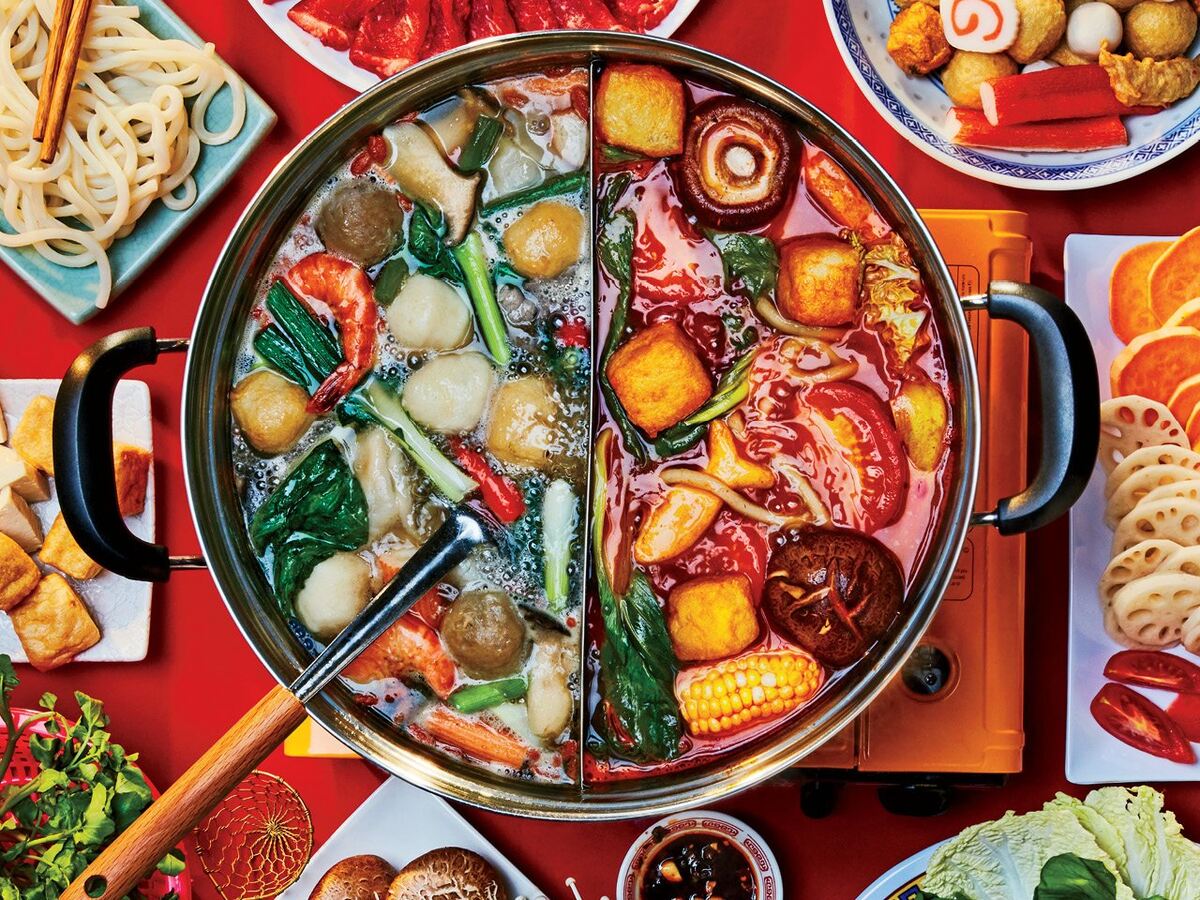
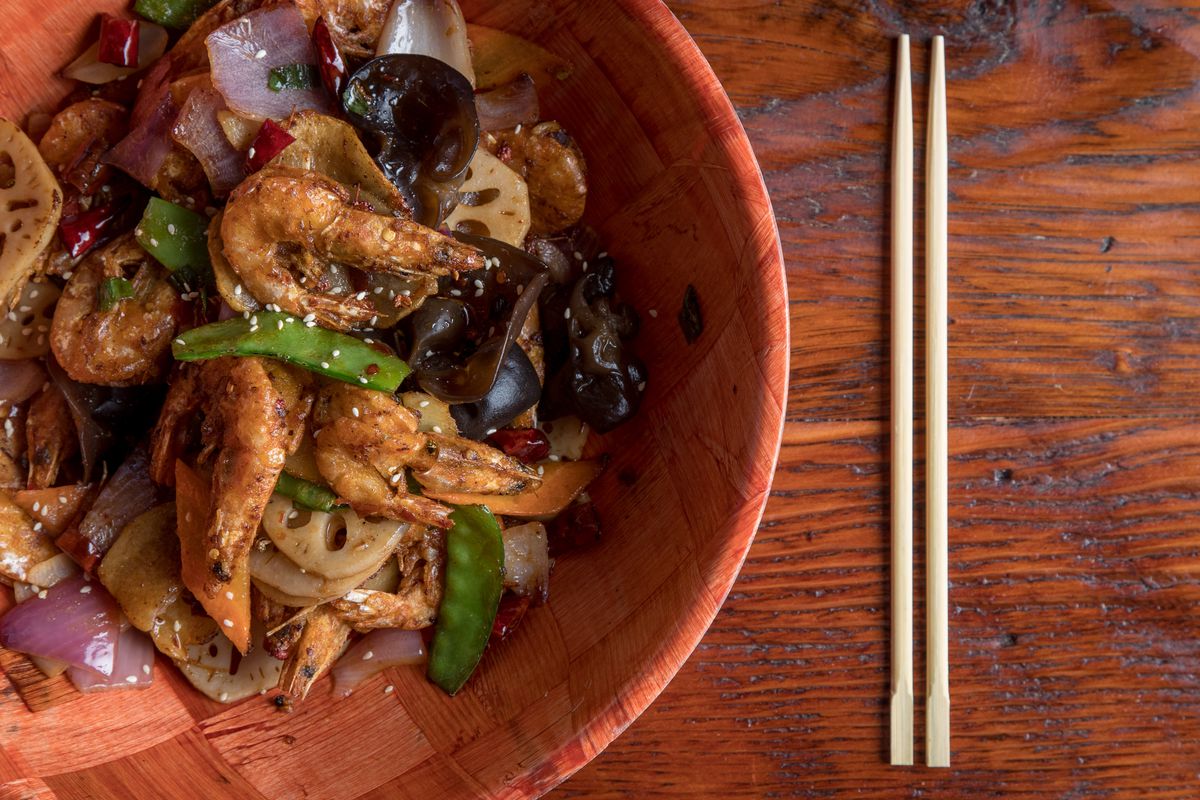

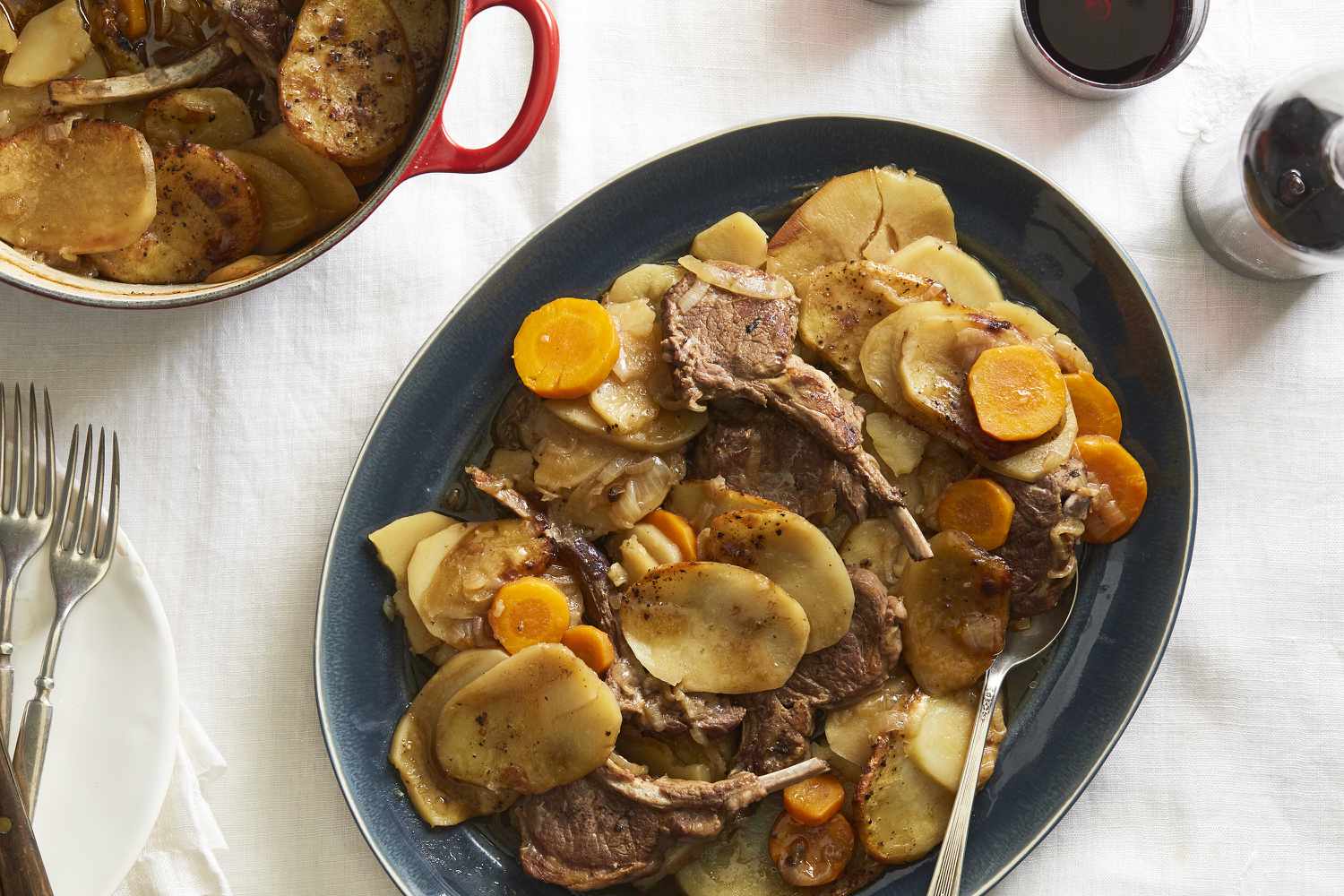
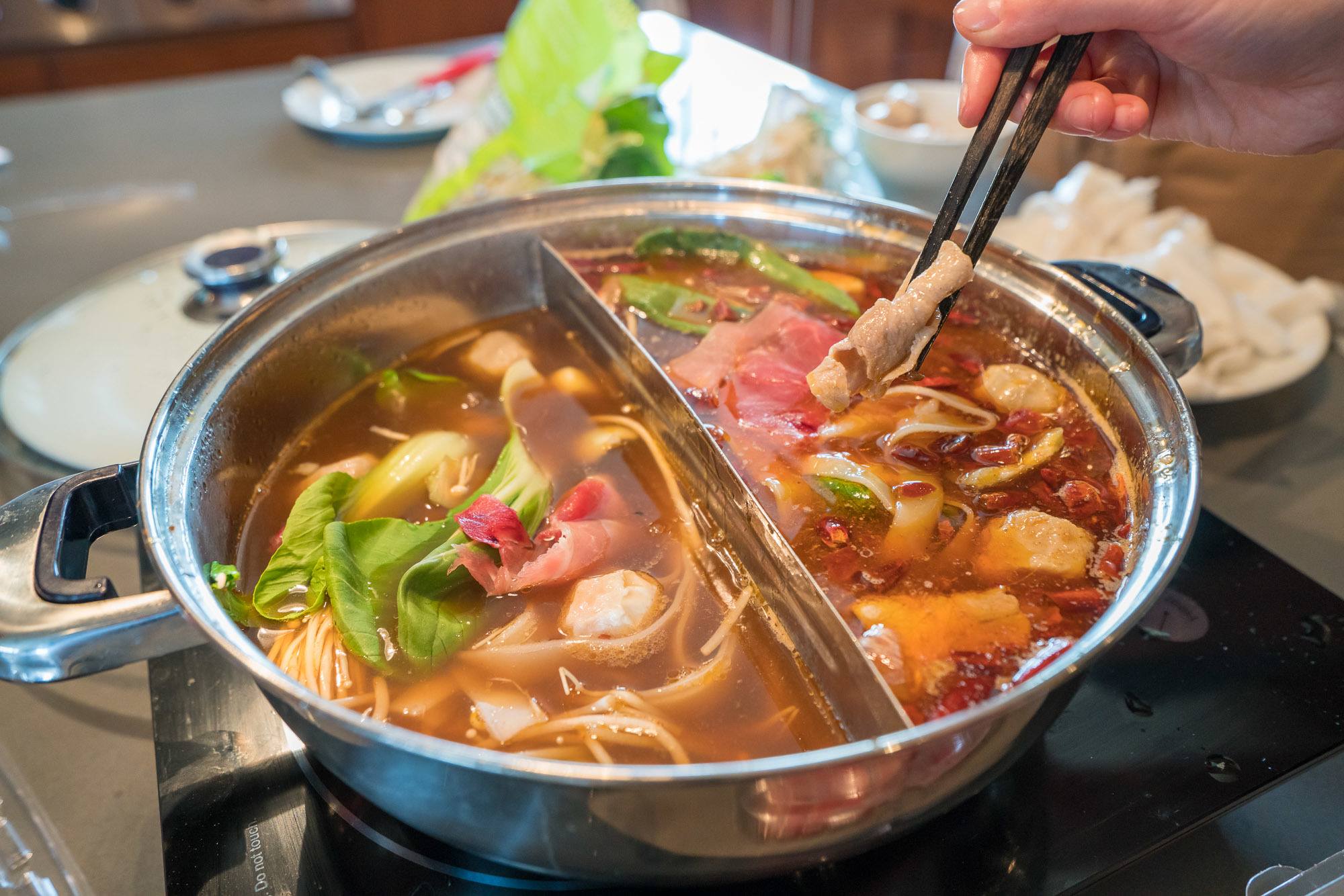
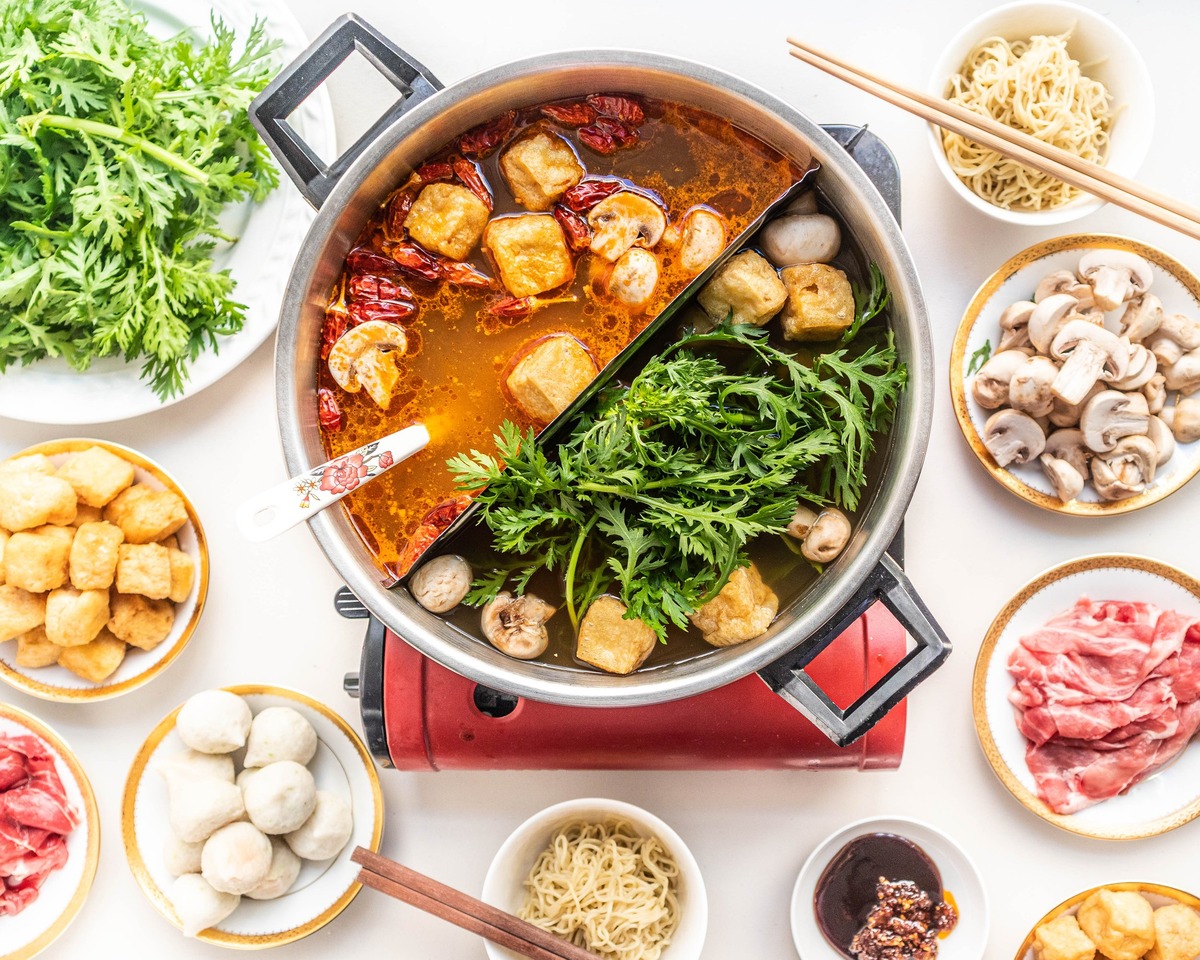
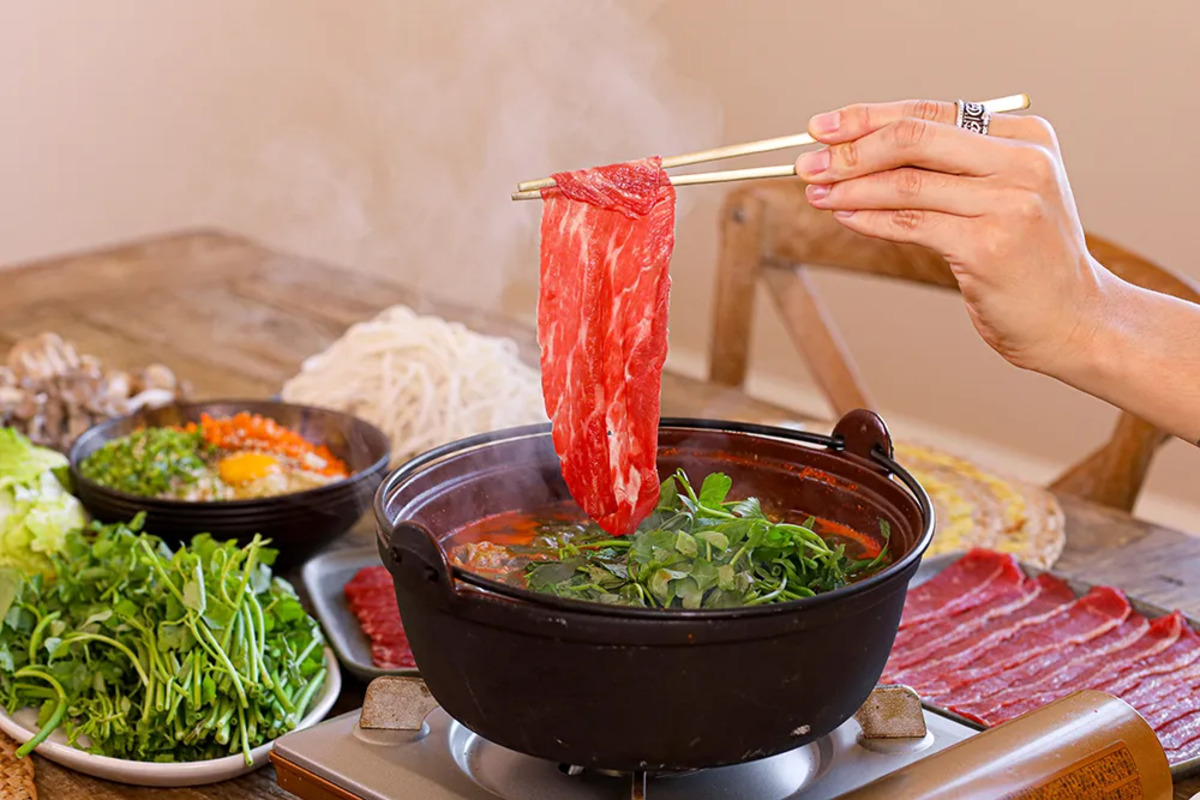
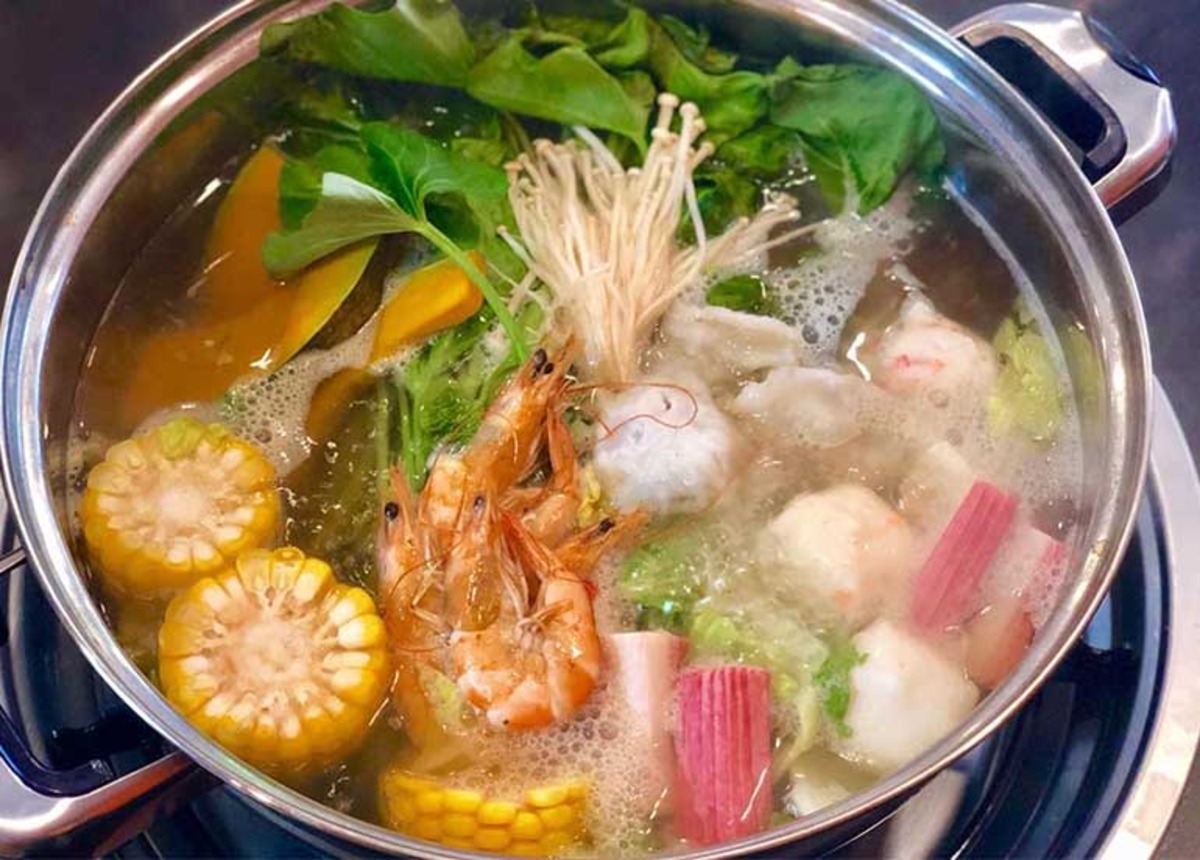
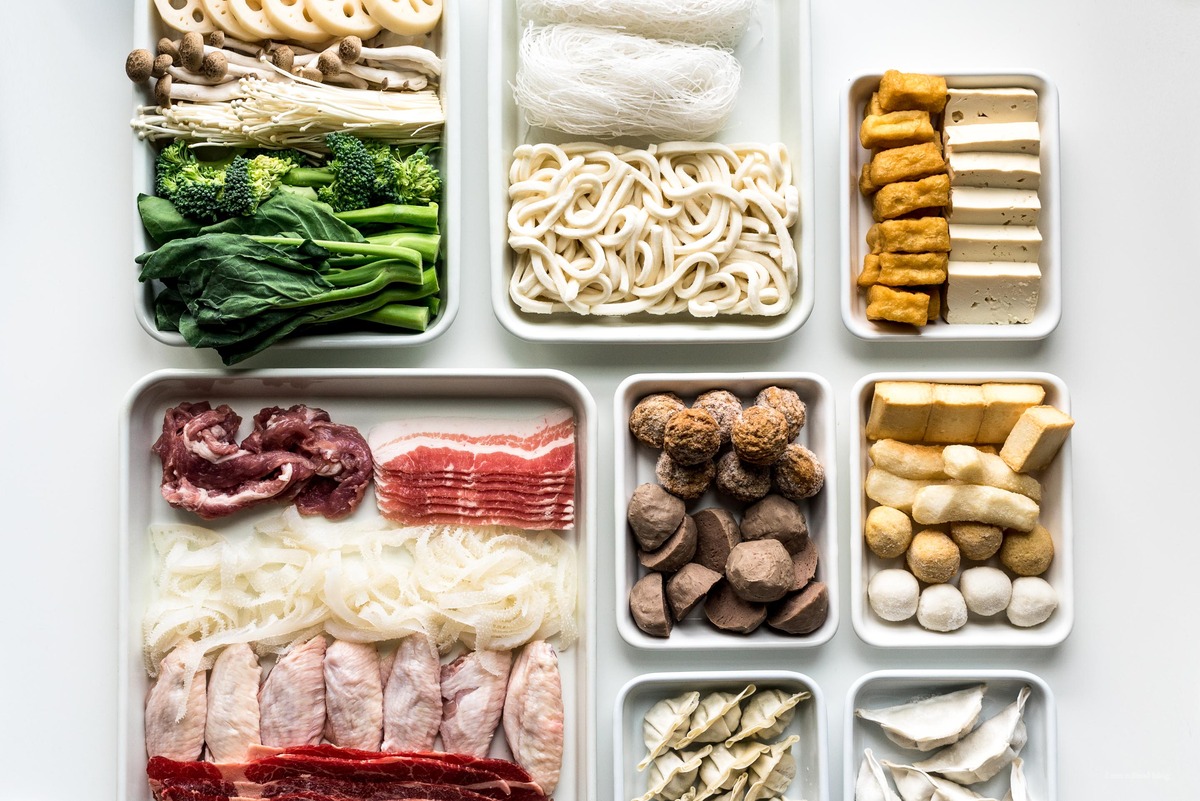
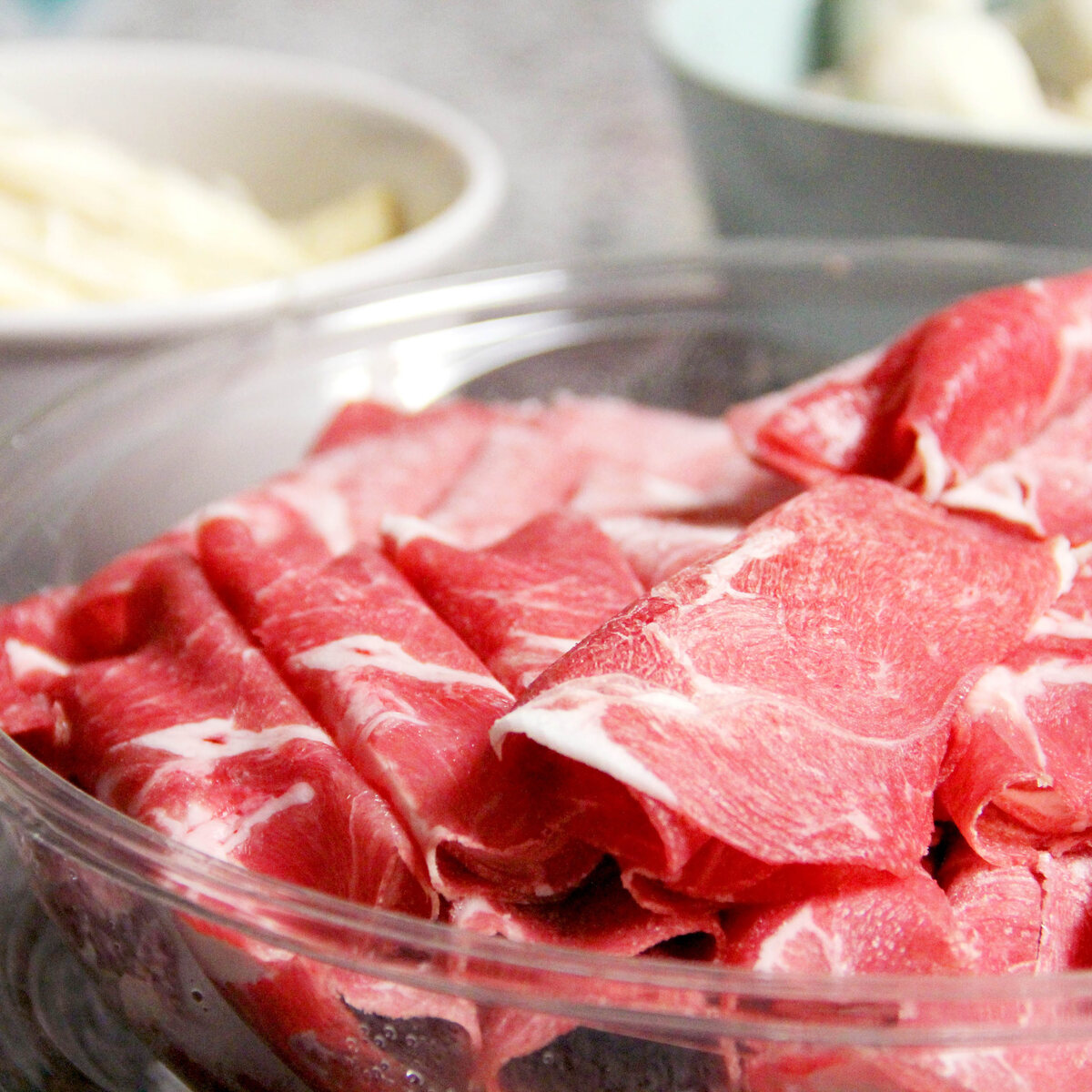
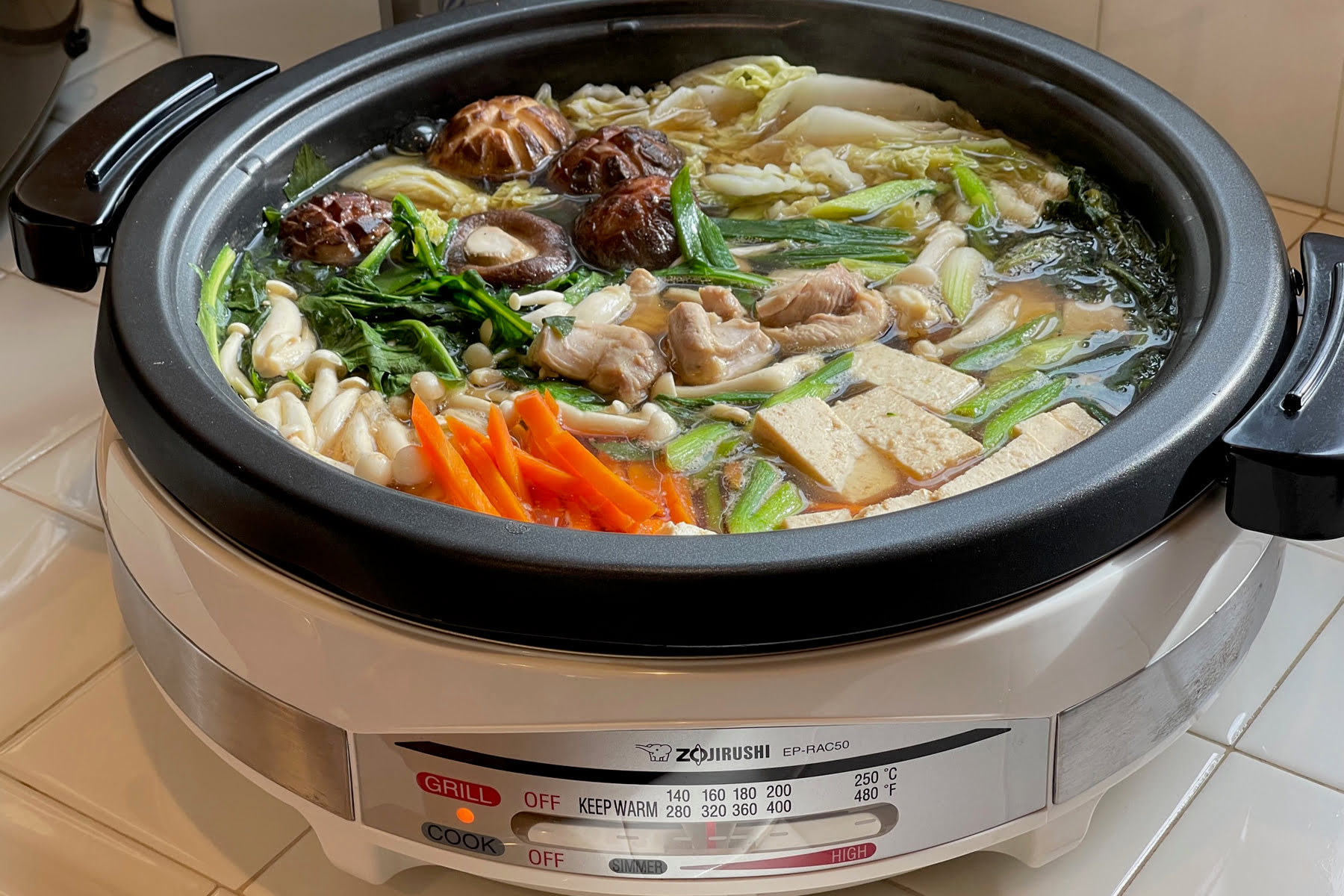
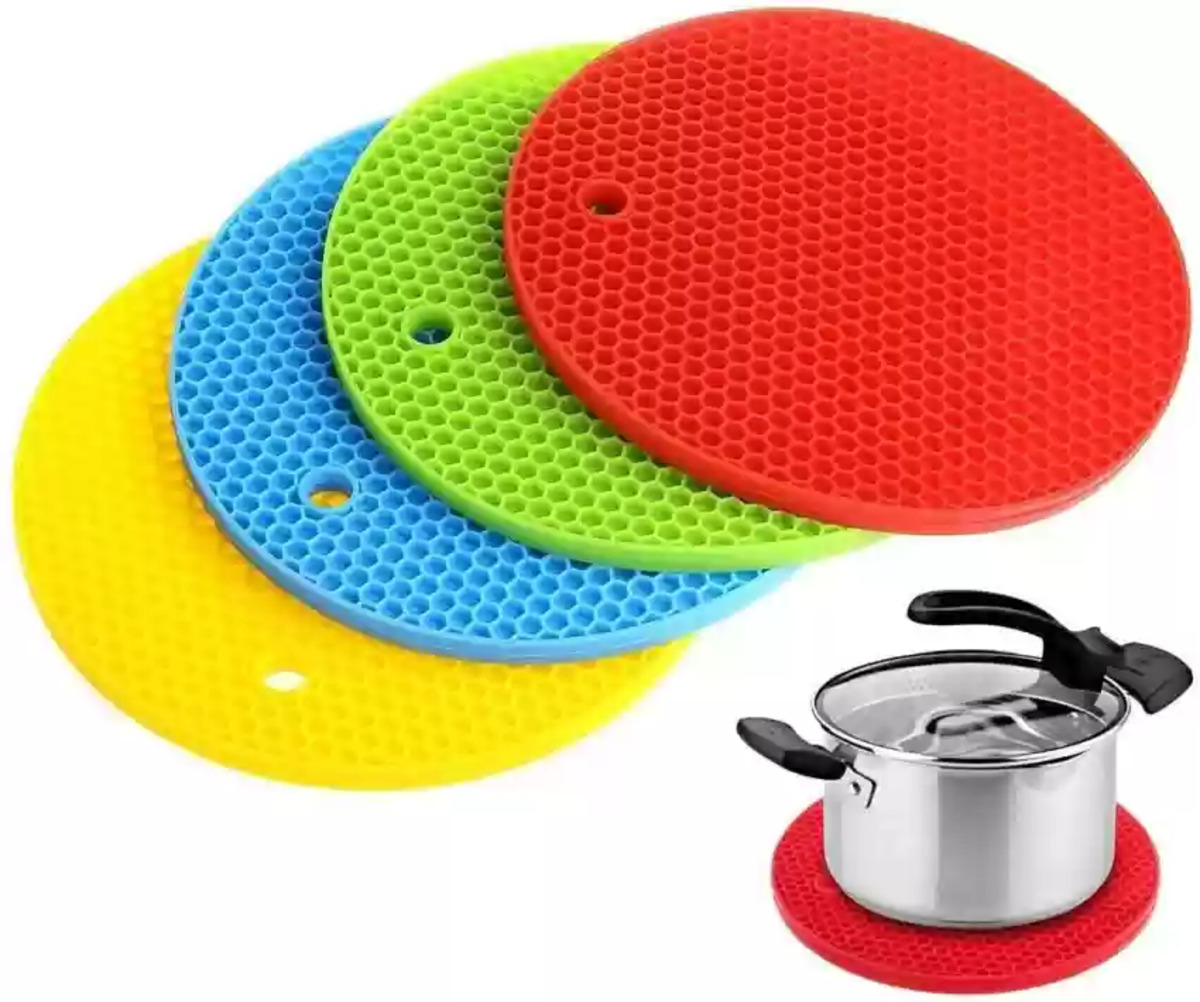
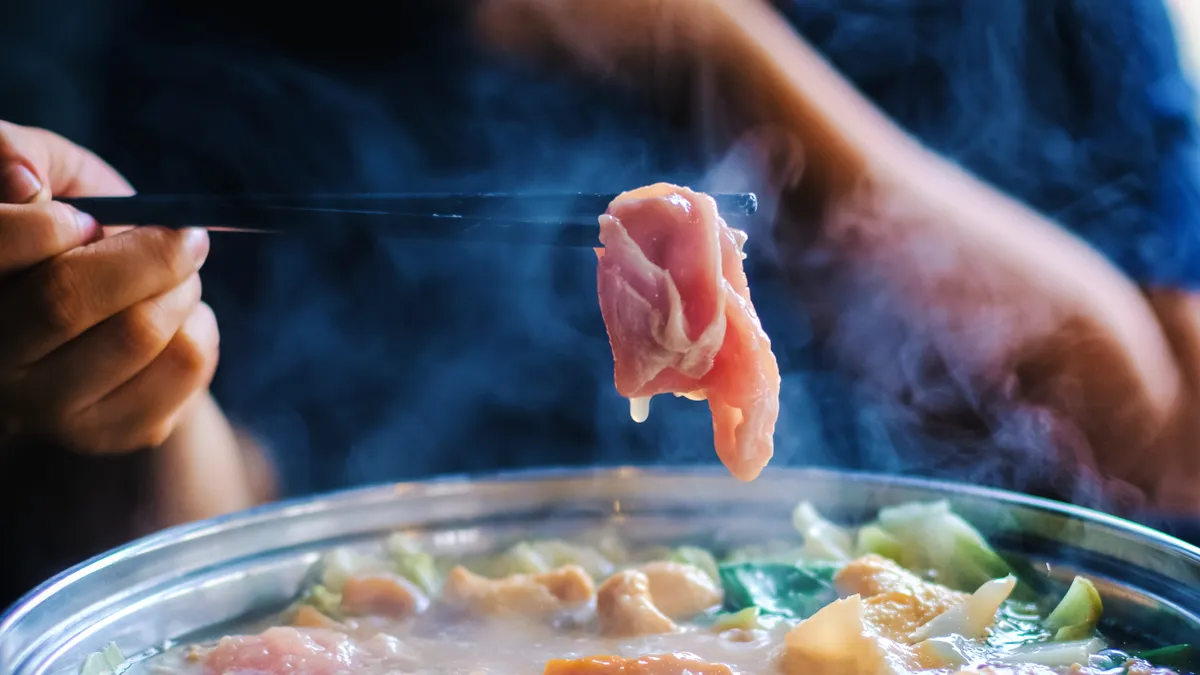

0 thoughts on “What Is Hot Pot Cooking”